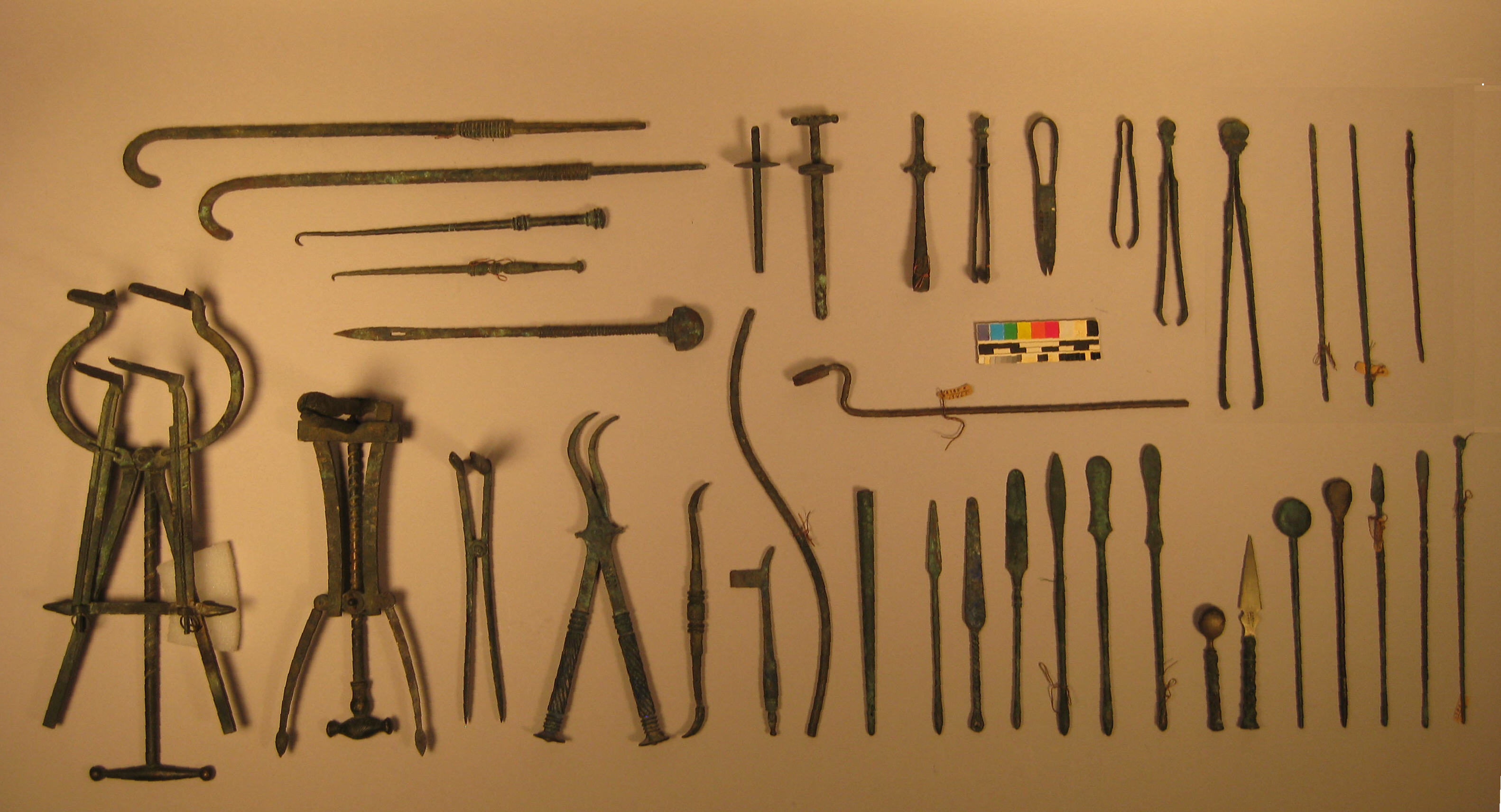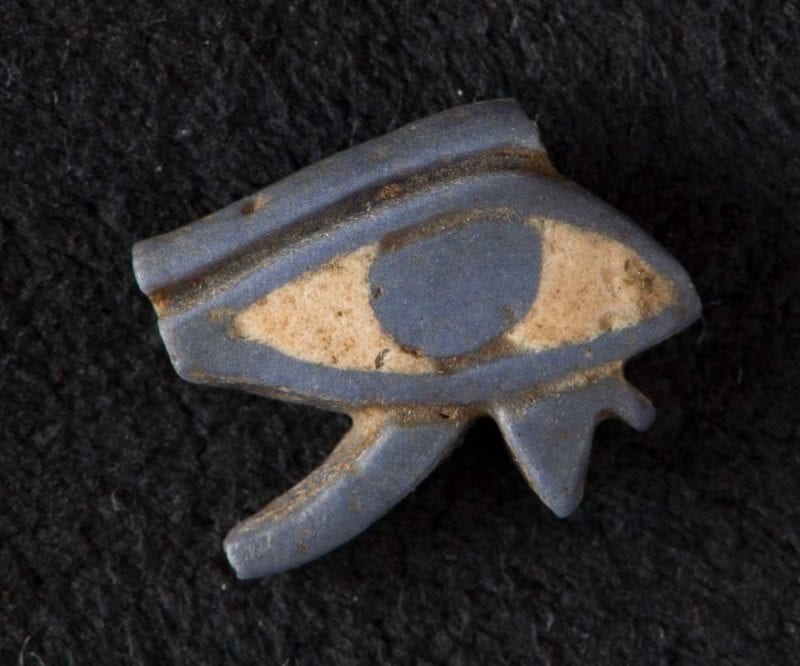Ceresepeion (SIR - SEP - PEE - ON)
Ceresepeion
As the Hyborian army moved through the kingdom of Khemit, so did the field hospitals operated by the priests of Ceres. With the systematic destruction of religious centers, the field hospitals became the first substitution of the Late Khemitian culture as the Khemitians had few places to turn to for medical help. With sun dried brick and stone blocks, the Ceres tents became more permanent structures over of time, and thus the creation of Cerespeions.A Cerespeion has a structure similar to other Khemitian temples today with a Hypostyle hall leading to the Sanctuary, however for more functional purposes, the Hypostyle hall also opens to the Apothecary Garden and Surgical Room. Surrounding the sanctuary are multiple rooms for the Wa’eb and Hem-netjer. While the Wa'eb of Ceres can perform miracles of healing, such usages of magic is saved for the desperate (or upper class).
Apothecary Garden
The walled garden is constructed like the aristocratic class gardens; a large rectangular pool surrounded by rows of plants. Dates, grapes and other food items are grown here for the Wa'eb and temple laborers to eat, but the main importance of the garden is the medicinal herbs. Traditional Khemitian herbs: Cumin, fennel, caraway, aloe, safflower, glue, pomegranates, castor and linseed oil, were accentuated by the Hyborian spoils of war.
Surgical Room
The aspects of the field hospital have been formalized with khemitian rituals. While the Late Khemitian period had a vague understanding of anatomy, it was significantly increased during the war with the Hyborians. Multiple cots with linen curtains can be found along the walls. The Alter to Ceres has a special placement with brass tools of varying sizes and shapes, cotton thread, linen bandages and more. Religious purification rituals of the Hem-netjer incorporate the tools in cleaning before and after surgery, indirectly preventing infections.Sanctuary to Ceres
Within the Cerespeion is a centralized room dedicated to Ceres, goddess of healing, though some of her duties and descriptions have changed when arriving in Libynos. Most of the medical profession wear the symbol of the Eye. After a thosand years, it's become the holy symbol of Ceres and as a ward against evil and disease. Most assume that the symbol is derived from the Late Khemitian's exceptional knowledge of eyes. With a dozen different common eye complaints from intense sun exposure, to blowing sand, to poisons, Khemitian had exceptional treatments for retina damage and could perform cornea surgery to cure cataracts. What has been lost is the significance in associated Deities (Horus, and Amun-Re.
Type
Apothecary





Comments